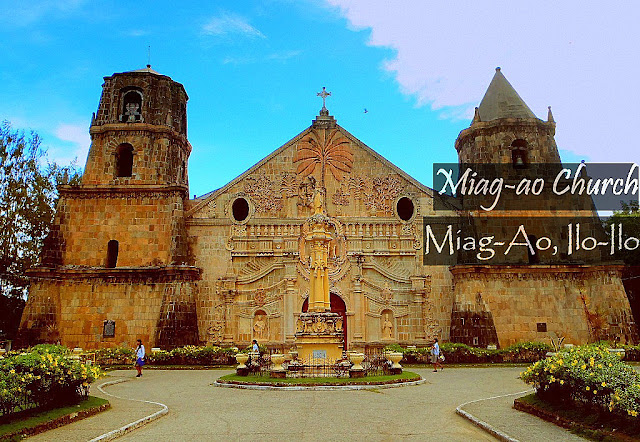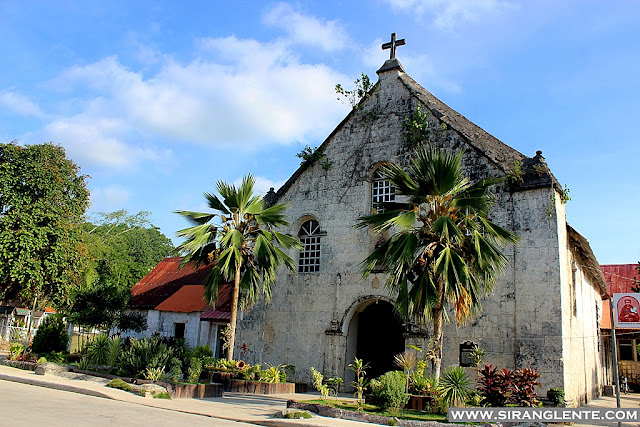
Mission: Sirang Lente, one of the Best Travel Blogs in the Philippines




The Ozamiz Cathedral houses the city's most significant relic and patroness - the Our Lady of Misamis, also known as the Virgin sa Cotta, The Blessed Virgin of Cotta, and Birhen sa Cotta. Initially, the statue of the patroness was set up outside the walls of Fort sa Cotta, but Fray Jorge Carcabilla moved it to this church. 1975, the statue was stolen and returned on December 8, 2017. Also, Ozamiz Cathedral is the home of the second largest bamboo organ in the Philippines, after the Las Pinas Bamboo Organ.

This is Our Lady of the Gate Parish Church, also known as Nuestra Señora de la Porteria Parish Church, commonly known as Daraga Church. Its structure has a Baroque design built by the Franciscan Friars in 1773. It served as the place of worship after the church of Cagsawa was destroyed by the eruption of Mt. Mayon in 1814. Also, Daraga Church served as the station of Japanese soldiers during the Second World War in 1945. It was rebuilt from 1971 to 1973. By the way, we still wished that Mt. Mayon would show its perfect cone at our next destination. So, Kuya Lijong brought us to this historical church. The location is also a perfect spot to see the beauty of Magayon, who was playing hide and seek with us. The clearing was negative, so let's proceed to its history. READ: BACKPACKING ALBAY, SORSOGON, CATANDUANES

Also known as the Cathedral of St. Gregory the Great. According to its historical data, Albay Cathedral started as a chapel built in the 1580s by Spanish missionaries. The early structure was made from local products such as wood and nipa. Then, it emerged as a stone structure in 1800. This Cathedral is one of the top tourist destinations in the province, and it was our first destination. READ: BACKPACKING ALBAY, SORSOGON, CATANDUANES
 |
| Photo of Guadalupe Church. |

Is also known as the San Agustin Church is one of the UNESCO World Heritage Sites in the Philippines. The structure of Paoay Church comprises baked bricks, coral rocks, tree sap, and solid lumber. The 24 buttresses were also placed on each side of the church for support; the reason why it is still standing after the earthquakes in the 17th century up to this generation.











